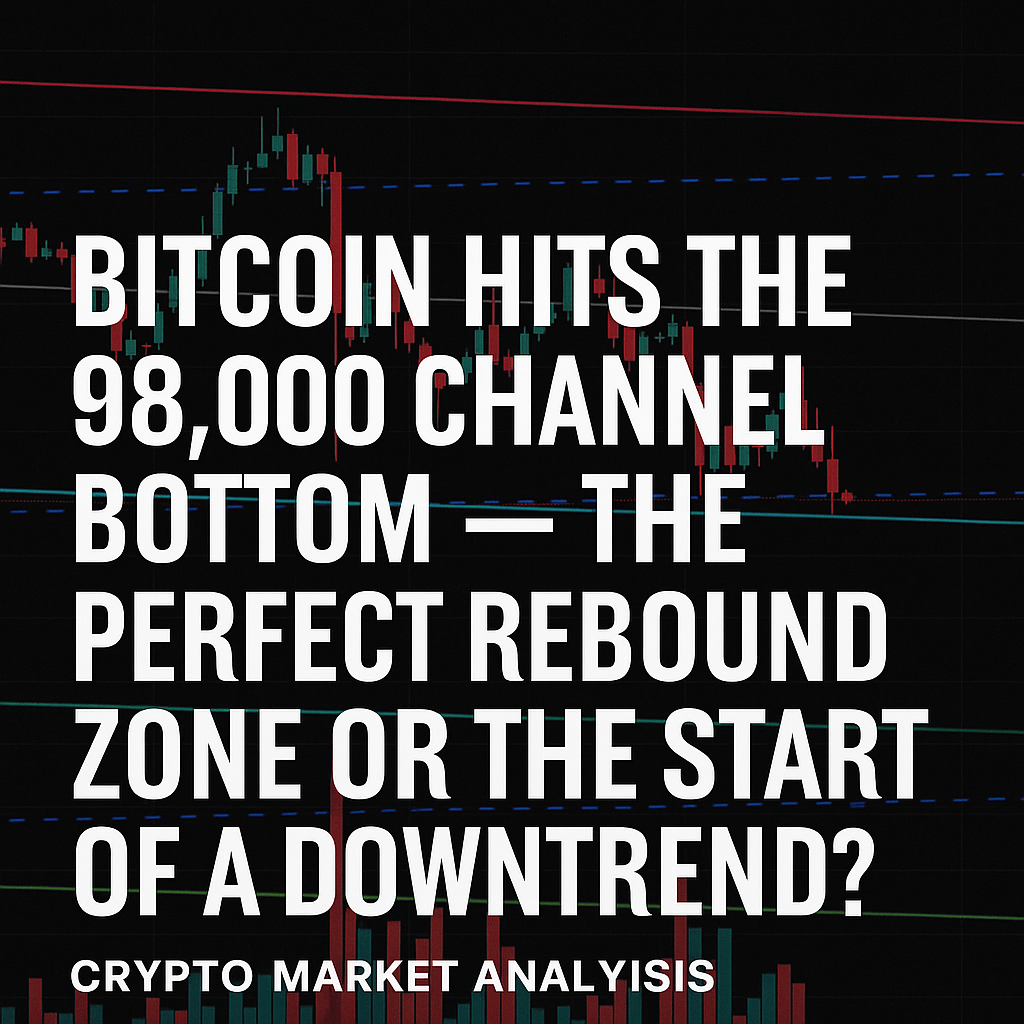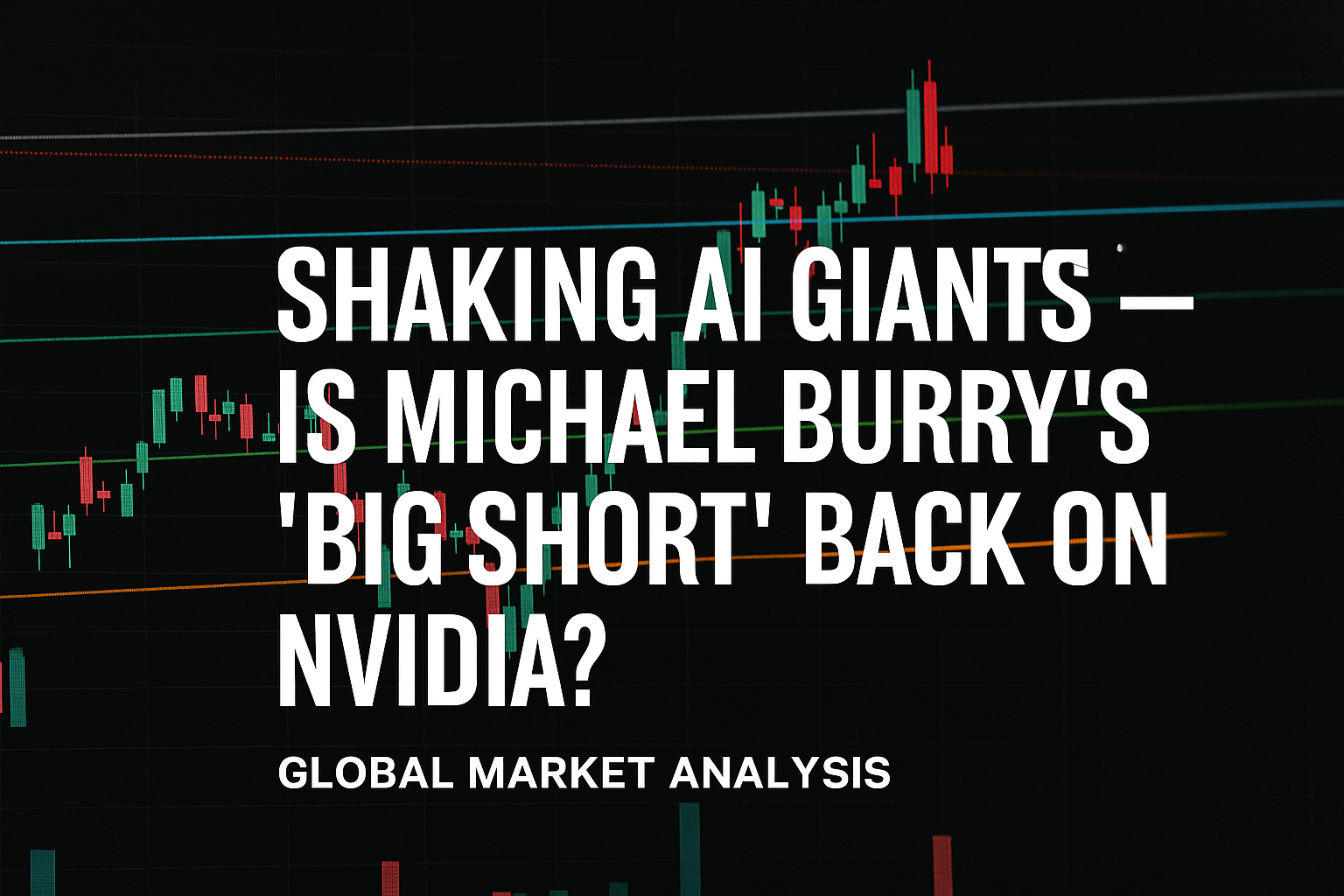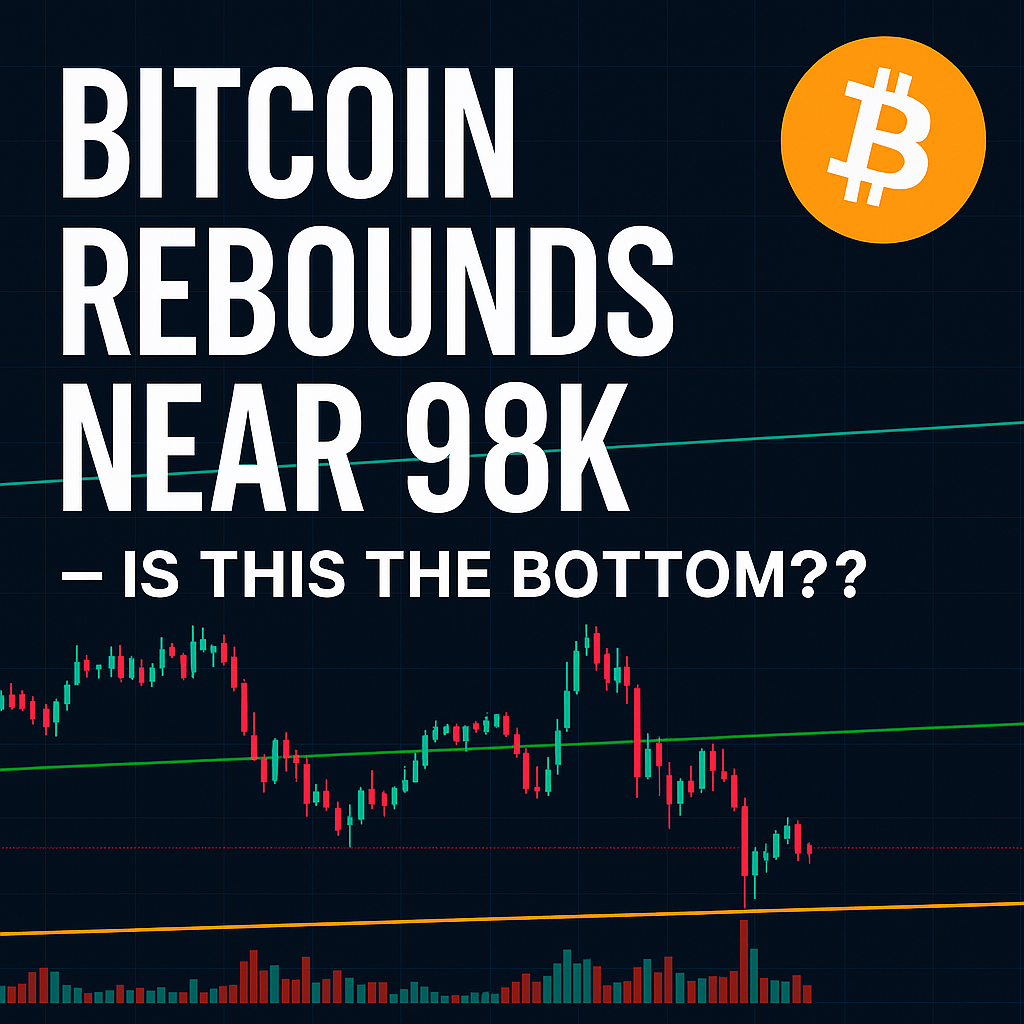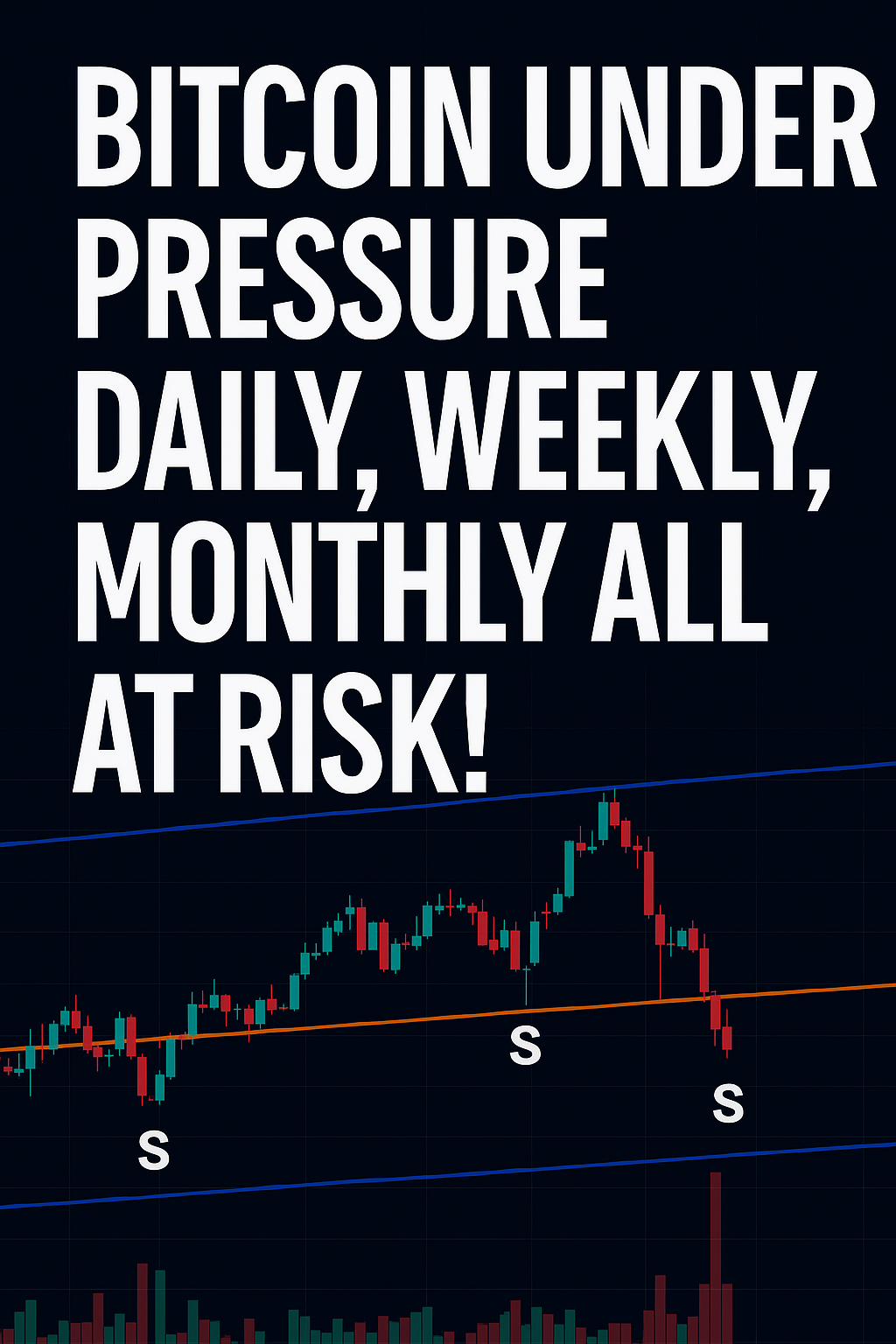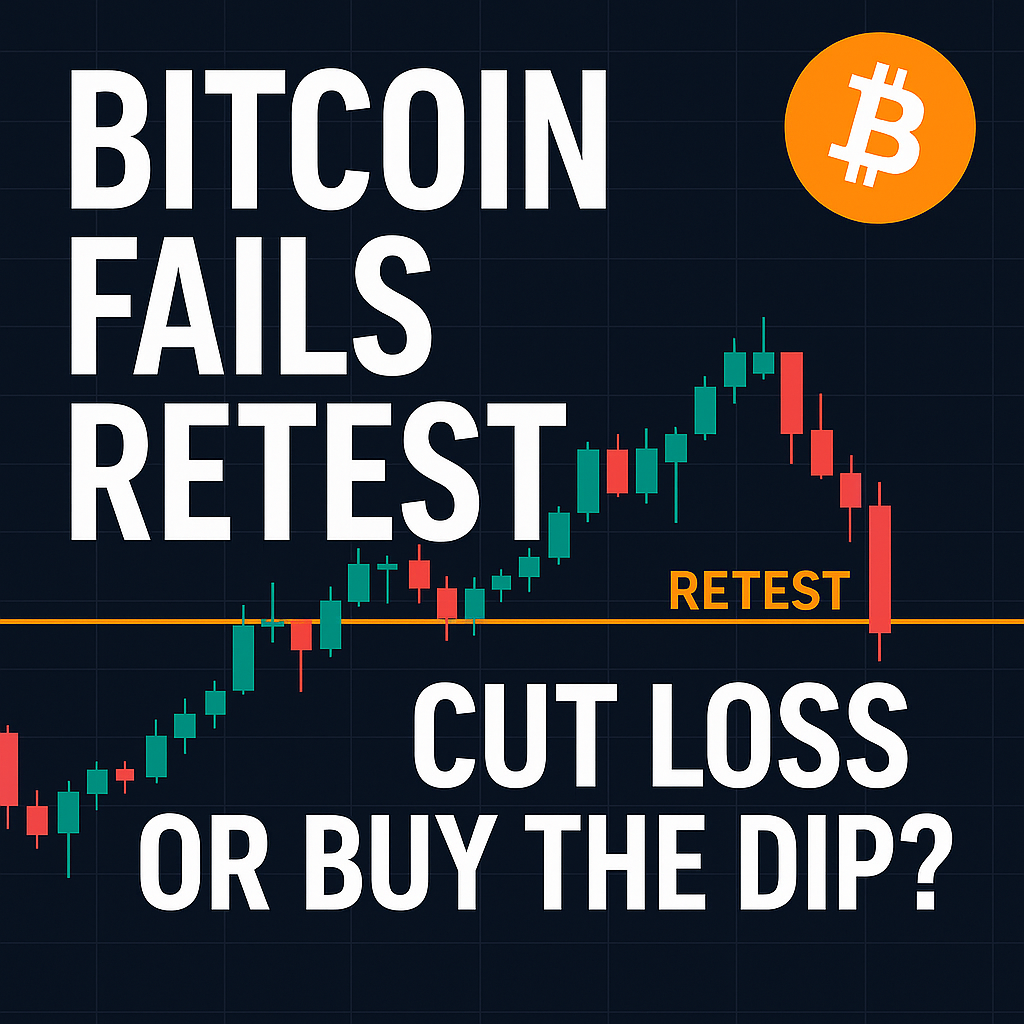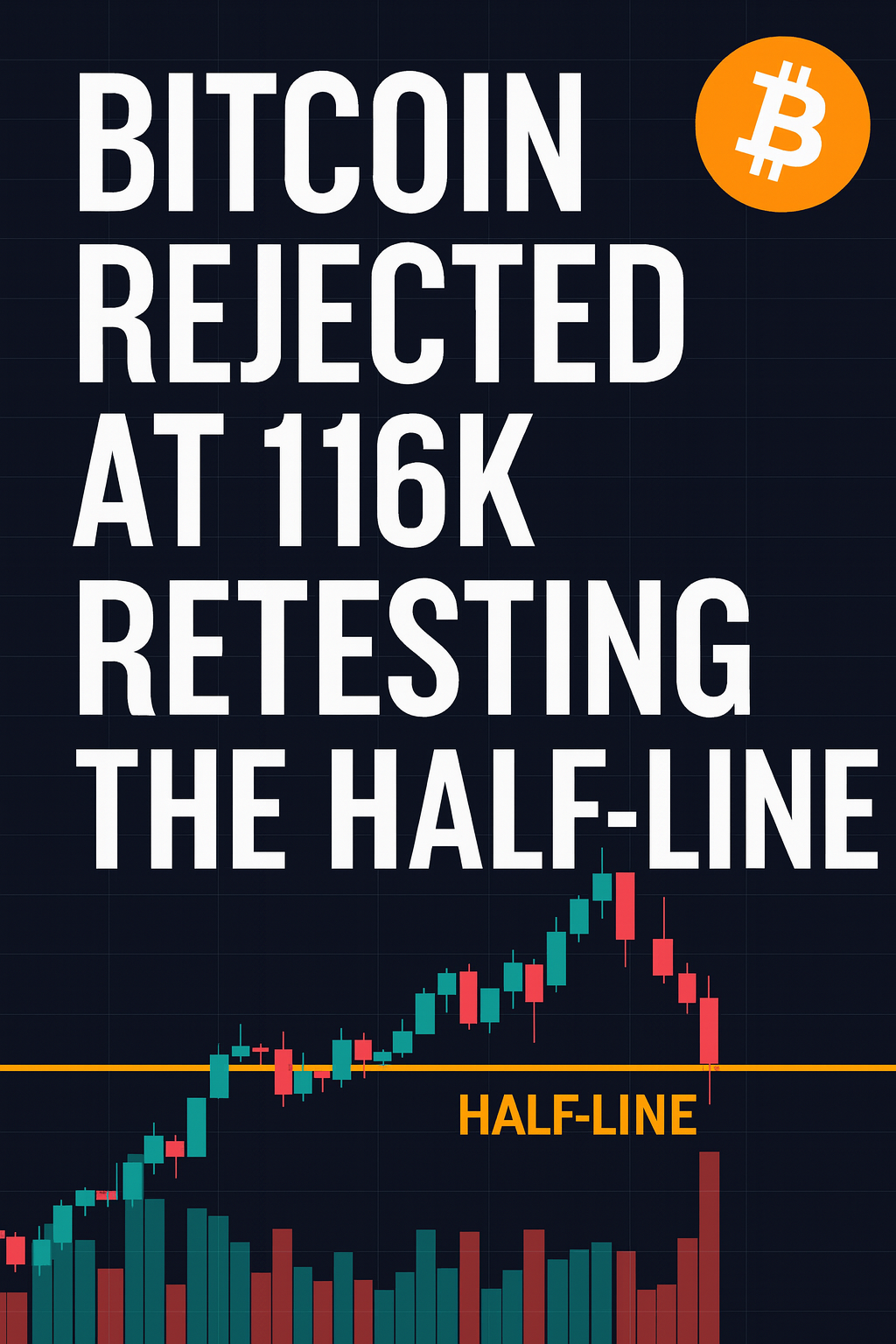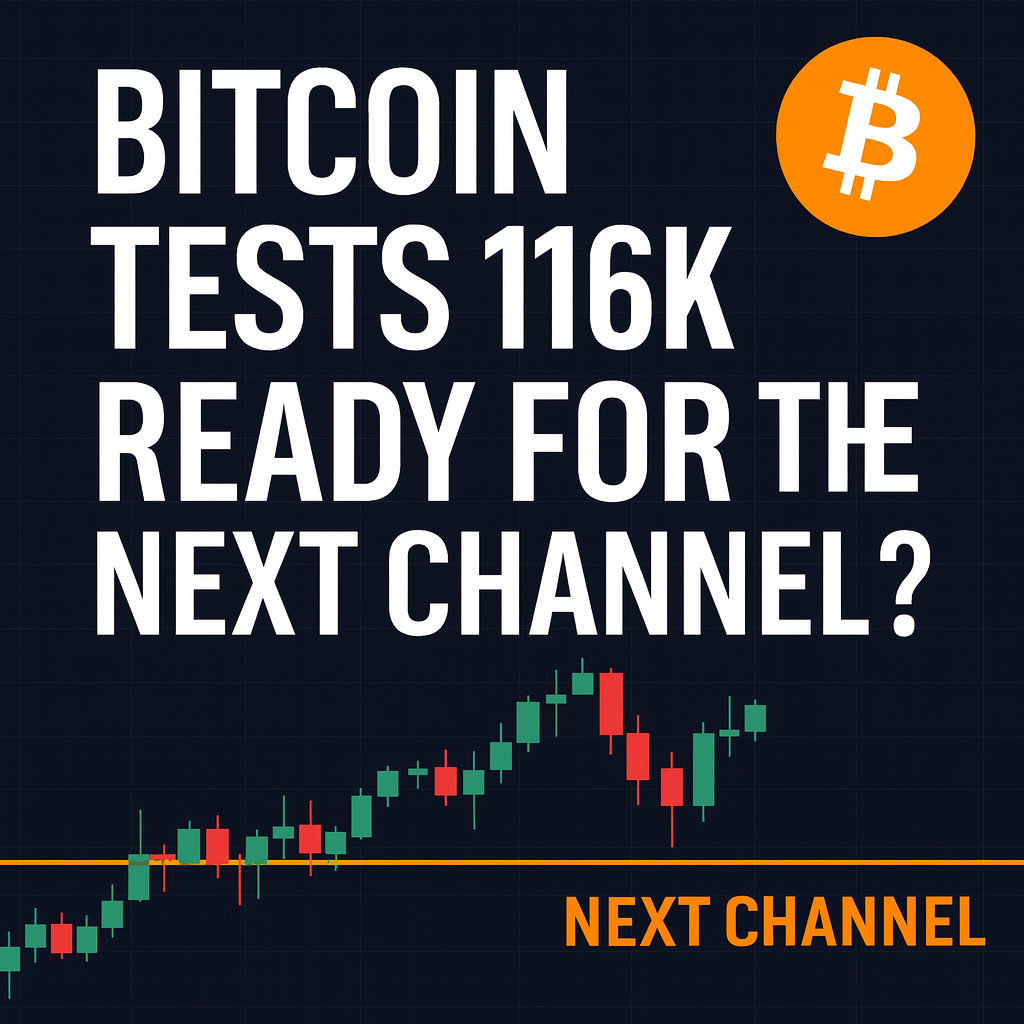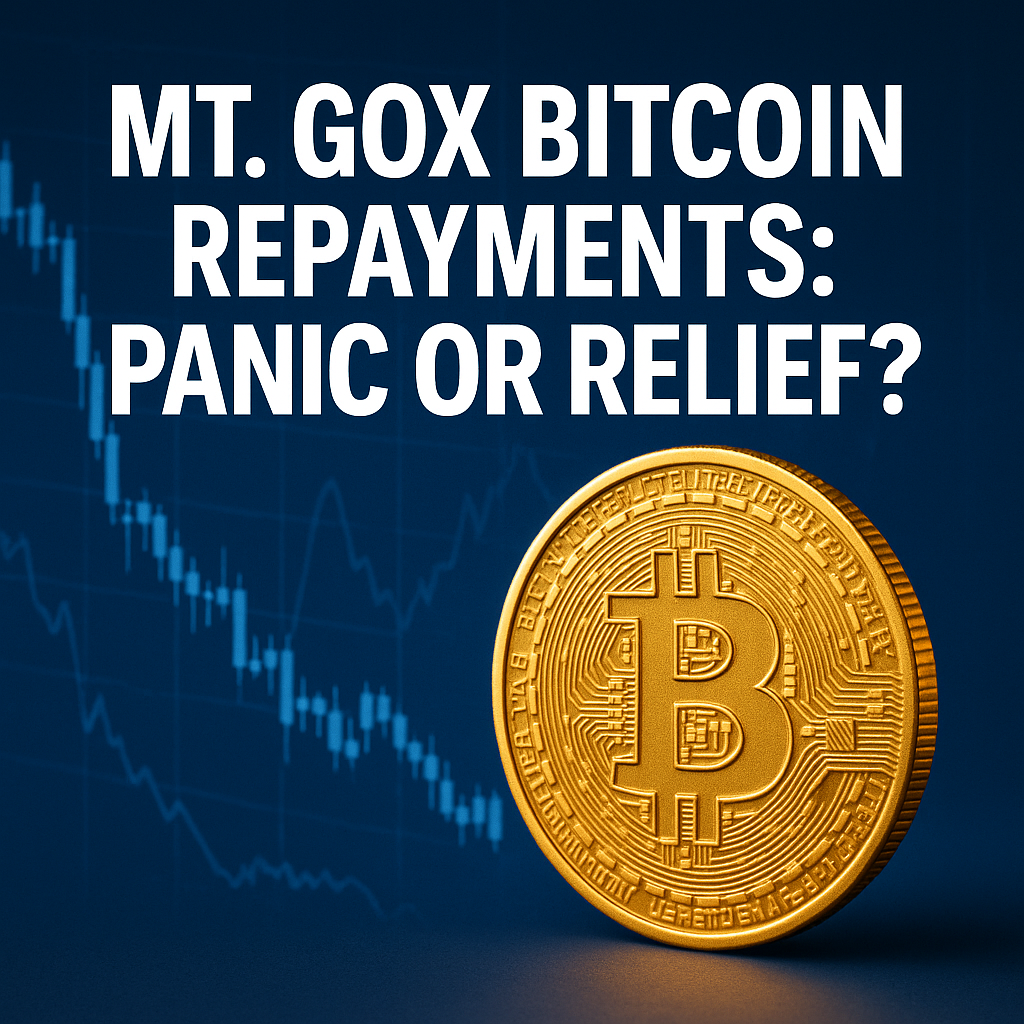
!!! Warning: This article does not constitute investment advice. Any trading losses are the responsibility of the investor. !!!
Introduction — The Ghost of Mt. Gox Returns
After more than a decade, one of crypto’s most infamous names — Mt. Gox, the collapsed Japanese exchange — is back in the headlines. The platform, which lost over 850,000 BTC in a 2014 hacking incident,repaying creditors in Bitcoin as part of its long-awaited rehabilitation plan.
The repayment deadline is set for October 31, 2025, and as of this week, approximately 107,000 BTC have already been distributed to eligible creditors out of the total 142,000 BTC pool. This long-anticipated event has sparked concerns across the market: will these returned coins trigger a wave of selling pressure, or has the market already priced it in?
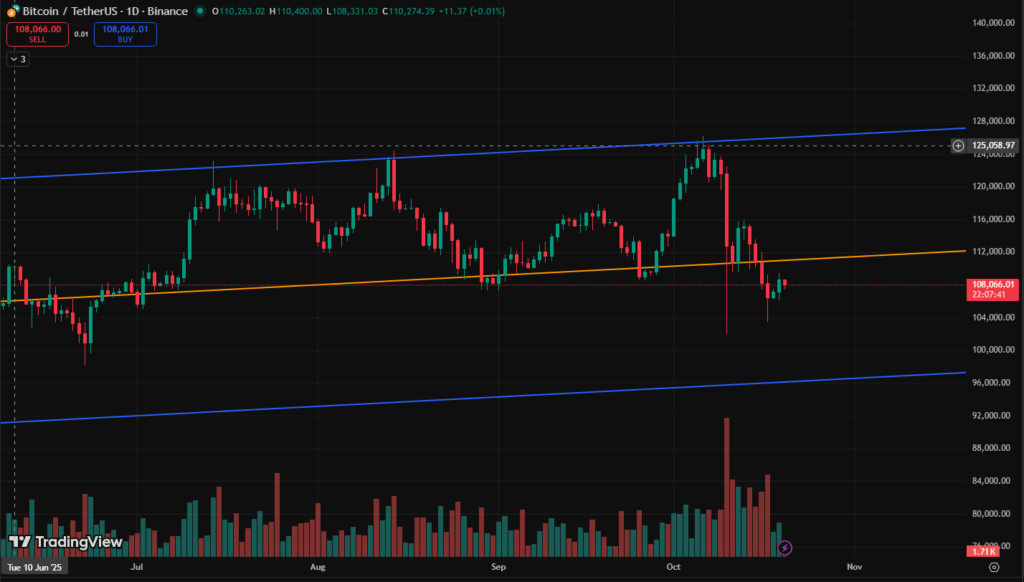
Repayment Breakdown — Who Holds What?
Data from on-chain analytics indicates that distribution is partially complete:
- Around 59,000 BTC have been transferred to exchange-linked wallets, potentially primed for liquidity or conversion.
- Roughly 33,000 BTC have been moved to custodial provider BitGo, likely held in cold storage for clients who opted for delayed release or safekeeping.
- The remaining balances are in the final stages of disbursement to individual creditors.
While these numbers appear large, it’s important to remember that not all BTC. Many creditors have stated that they plan to hold rather than sell, either for tax optimization or long-term conviction. Moreover, part of these holdings are under institutional or custodian control, reducing the immediate sell impact.
Market Interpretation — Pressure vs. Perspective
- Short-Term Supply Risk
The obvious concern is straightforward: when tens of thousands of Bitcoin re-enter circulation, liquidity increases, and short-term selling pressure may follow. Some of these holders have been locked out for over a decade — the temptation to realize profits at current prices (~$108 K per BTC) could be significant. - Counterweight Factors
However, the impact is likely moderate, not catastrophic.- Exchange-linked inflows represent a small fraction of total market volume, often less than one-day’s worth of global BTC turnover.
- Macro context favors resilience: if the U.S. shutdown resolution and tariff stabilization proceed smoothly, risk sentiment could improve.
- Institutional accumulation and ETF inflows may absorb some selling, dampening volatility.
- Psychological Overhang
The Mt. Gox narrative exerts more emotional than structural weight. Each announcement stirs memories of 2014’s chaos, but the market has since evolved. With Bitcoin’s supply distribution broader and liquidity deeper, even significant unlock events tend to dissipate faster than feared.
Broader Implications — Lessons and Maturity
The Mt. Gox case remains a symbolic reminder of crypto’s early vulnerabilities. Yet its resolution now demonstrates institutional maturity:
- Legal and custodial infrastructure has improved dramatically since 2014.
- New safeguards like Proof-of-Reserves and segregated custody are standard practice.
- The measured nature of these repayments shows that regulators and trustees aim to minimize market disruption.
Far from being purely bearish, the completion of Mt. Gox’s repayments could mark the closure of a painful chapter, clearing residual overhang and strengthening confidence in Bitcoin’s legal and financial frameworks.

End of an Era or Start of a Rally?
While the market may experience temporary volatility as coins move between wallets and exchanges, the long-term trajectory depends on broader macro forces — interest rate policy, global liquidity cycles, and risk appetite. If fear around Mt. Gox fades while macro conditions improve, this event could even serve as a springboard rather than a setback.
In the end, Mt. Gox’s legacy may not be one of endless liquidation, but of closure, transparency, and progress. The crypto market that once trembled at its collapse is now robust enough to absorb its return.
So, is the Mt. Gox repayment an omen of selling — or a final exorcism of old ghosts? Time will tell.

